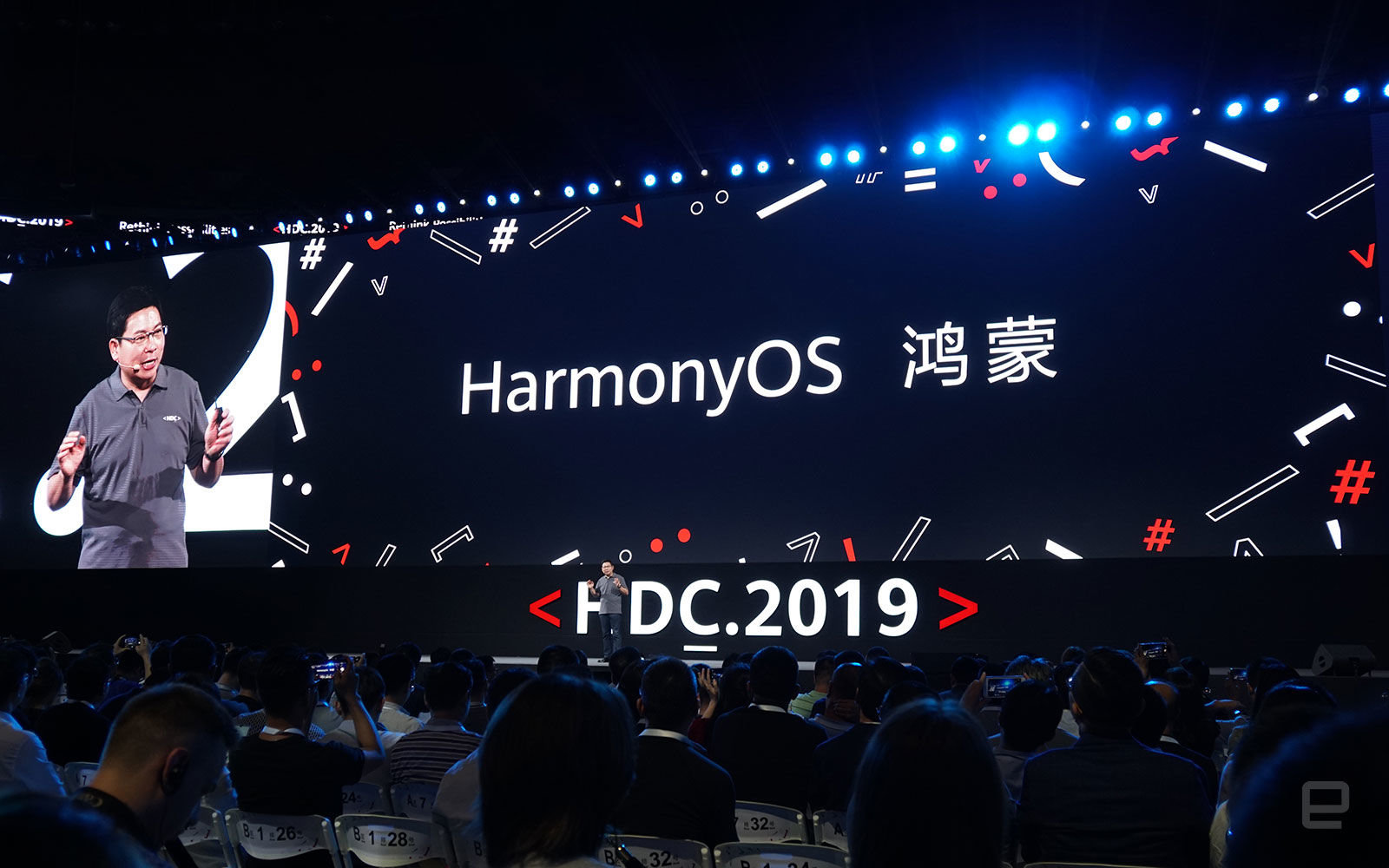The long-rumored alternative to Android OS by Huawei was finally unveiled at the Huawei Developer Conference by the company’s Consumer Business Group CEO Richard Yu. The OS has been named as HarmonyOS.

Richard Yu has claimed that the HarmonyOS is faster and safer than the Android OS. Having said that, the HarmonyOS is aimed mainly at the IoT products, including wearables, smart displays, smart speakers, and in-car devices instead of smartphones. Richard Yu further said that the company would be able to deploy HarmonyOS ‘at any time’ once it is no longer able to access Google’s Android ecosystem. Until that happens, however, the company is continuing to run Android OS.

The presentation given by Richard Yu was geared towards technicalities. However, to summarize; the HarmonyOS has been developed as a future-proof ‘microkernel-based, distributed OS for all scenarios.’ It is open-source and is more of a competitor of Google’s Fuchsia since both are microkernel-based and can be utilized on different kinds of devices simultaneously. Richard Yu stated during the presentation that Android is not as efficient because of the redundant codes, outdated scheduling mechanism, and the general fragmentation issues.
Owing to the microkernel design, HarmonyOS will be safer from the get-go since no root access will be available. The microkernel is offered protection by isolation from external kernel services. The system also utilizes formal verification – an array of mathematical approaches that are used in security-critical fields – for identifying spot vulnerabilities while the orthodox methods tend to miss out on some.

HarmonyOS will be a lightweight system and will be capable of providing performance boosts, as per Richard Yu. It will feature a ‘Deterministic Latency Engine’ that will allow it to allocate system resources using real-time analysis along with forecasting. HarmonyOS also allows for quick ‘Inter-Process Communication’ – the link between the microkernel and external kernel services such as file systems, networks, drivers, apps, and more. Huawei has claimed that HarmonyOS’ IPC performance is about five times that of Google’s Fuchsia and three times that of QNX.

HaromyOS has been under development since 2017 as per Richard Yu. The version that was unveiled will be targeting smart display products such as the Huawei Vision that is slated for later this year. The release, however, does pack a Linux kernel and Huawei’s earlier LiteOS kernel alongside its very own microkernel, version 2.0, that is expected to debut in 2020 and will feature only a HarmonyOS microkernel thus rendering it as a true HarmonyOS.

We will have to wait and see about how good the HarmonyOS is and how well it is received in the West. Huawei is not the first company to try and overthrow Android, and we all know how Android has managed to survive the previous attempts from different companies to dethrone it.



Keep me up to date